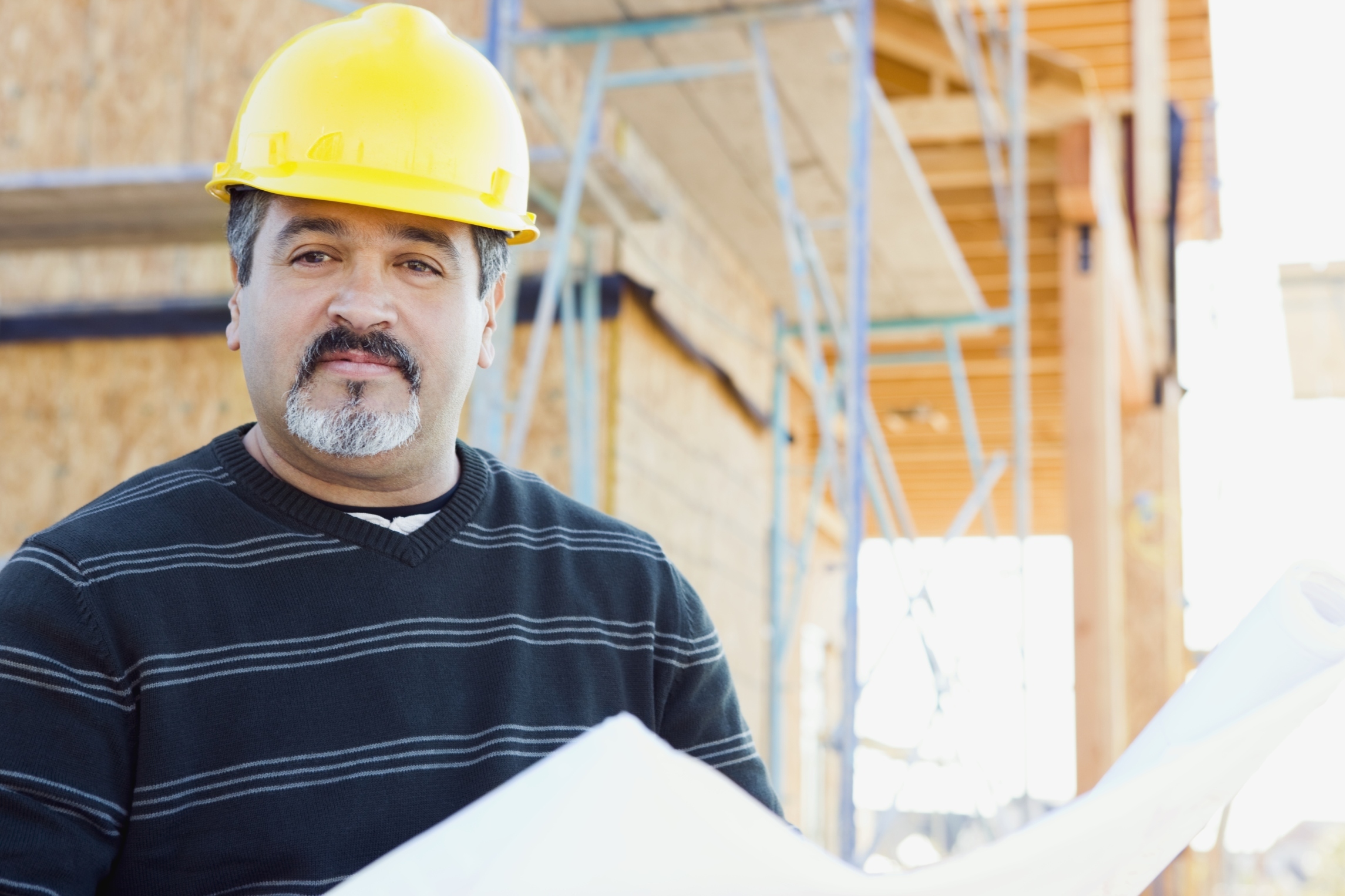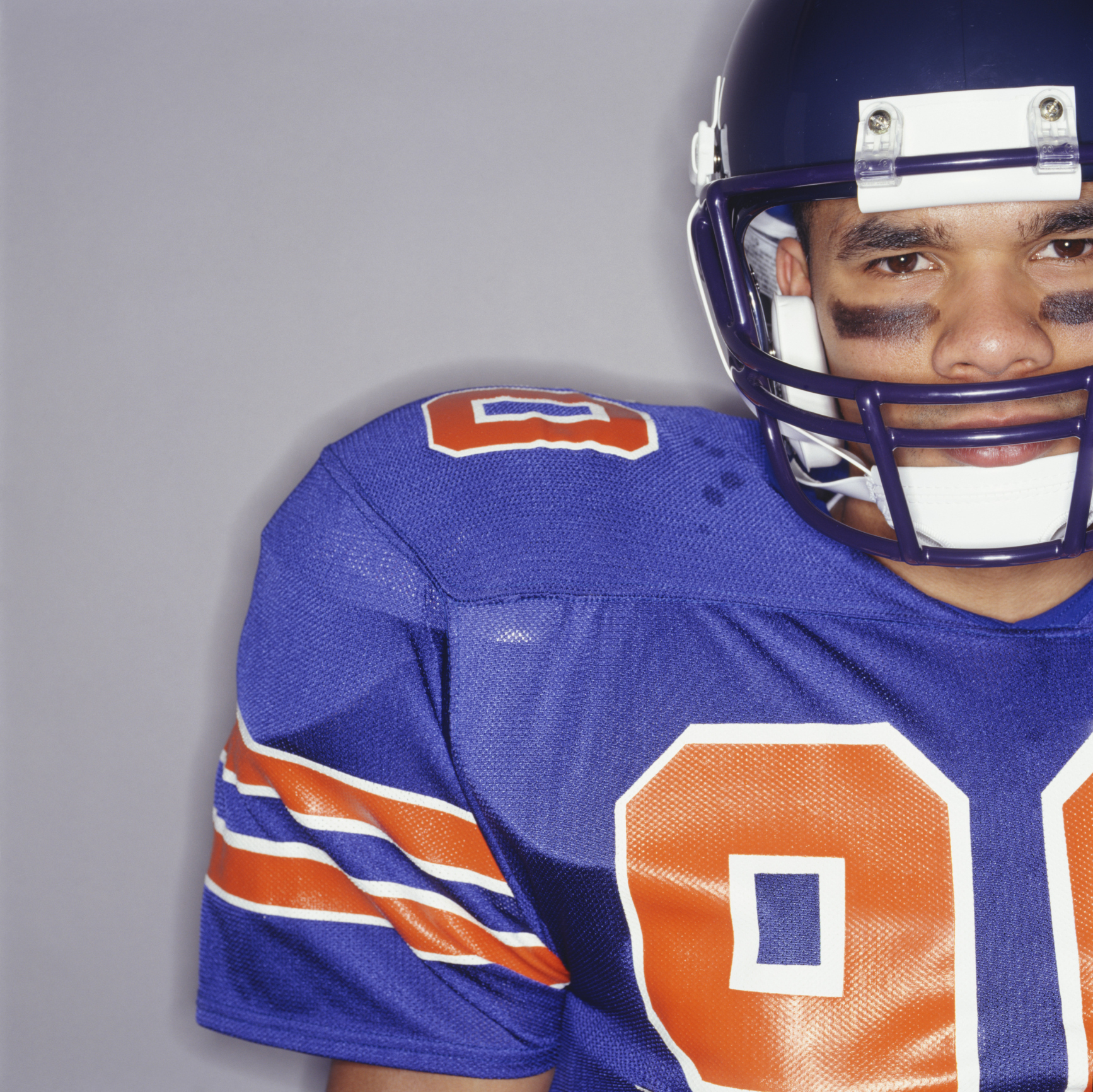Have you observed the tall buildings that are raised all over the city? Taking a close look to these structures will show that these buildings are actually made of metal structure. Yes! Metal fabrication is the process that has made it possible. This article discusses as to how this metal structure has played the role of backbone for these skyline.
In modern times, almost each and every object that exists around us is made of metal. History says that metal has literally helped in shaping up the world that we see now. Though plants have always been necessary and favoured fabric in most of our lives, but for homes, workplace and buildings, construction is impossible without the existence of metal. At present, metal fabrication has raised its head as one of the popular choices and key components to raise strong buildings and constructional structures all around the world.
Going back to the history of ‘fabrication’:
As we have mentioned the term, ‘fabrication’, do you know what it actually means? ‘Fabrication’ is a process under which metal structures are built in different ways. These manufacturing processes include cutting, milling, bending, and shaping of the metal using machines and computer numerical control (CNC) that is used for welding, laser cutting process, press breaks and so on. As mentioned earlier, metal fabrication stands as the backbone of architectural structure, but that’s not the only material used to exist earlier. Taking back to the primitive days, the fabrication processes begins with crude materials like mud, rock, thatch, clay that was primarily used as substantial materials for construction. Slowly and steadily with the civilisation, people started to look for strong structural material and thus, metal was discovered. With this, metal fabrication was also born.
Use of the fabricated metal:
This fabricated metal became the de-facto material for large buildings so that the buildings got strong foundation. On the other hand, the increasing demand of strong metal also led to the necessity of advanced metal fabrication method. This advanced fabricated metal is used not only for constructional purpose. It is also used for related services like covering a building from both outside as well as inside. In order to serve this purpose, steel has turned up as the standard metal. That’s why; steel fabrication technique is simultaneously popular in the market at present.
Now, when you look at highrise buildings in the city, a close view into it will show the existence of steel structure in these buildings. Similarly in the architectural field, need for steel—especially light fabricated steel—becomes prominent.
Getting fabricated steel from the proper location:
As the demand for lightweight fabricated steel increases, similarly the customers also begin to look for the place where they can get this metal of best quality. When the question arises about best quality, you can vouch on laser cut stainless steel panels. These panels are around 63 cm in width and 143 cm in length. Now, if you are the customer and are looking for such précised laser cut stainless steel, you will obviously look for those places where you can get such high quality metal. Above that, if your project demands a strict deadline, it will become necessary to receive these parts within the next few days. In such instance, it becomes pertinent that you choose a dealer who should not only be capable of giving high standard metal but that too within the promised date as well.
Author Mark Aurthur says, “Where should you go then? Reputed metal working companies offering light steel fabrication for Security Grill Doors in Melbourne that can meet all your metal structure based needs in a short span of time. One such company is Dandenong Wrought Iron. If you want, you can definitely approach Dandenong Wrought firm to get assured services. Beside this, the internet is also there to help you out with appropriate information to meet your requirements.
Note: Because welding is a common fabrication process, workers in this environment must be provided with personal protective equipment such as safety glasses, hearing protection, protective footwear and head protection. Local exhaust ventilation should be used to remove harmful welding fumes from metals and/or gases. In the U.S., OSHA requires compliance with their safety regulations regarding the fabrication process. We know our friends in Australia also comply with the safety regulations established byWHS (Work and Health Safety).
Source: OSHA; docstoc.com



